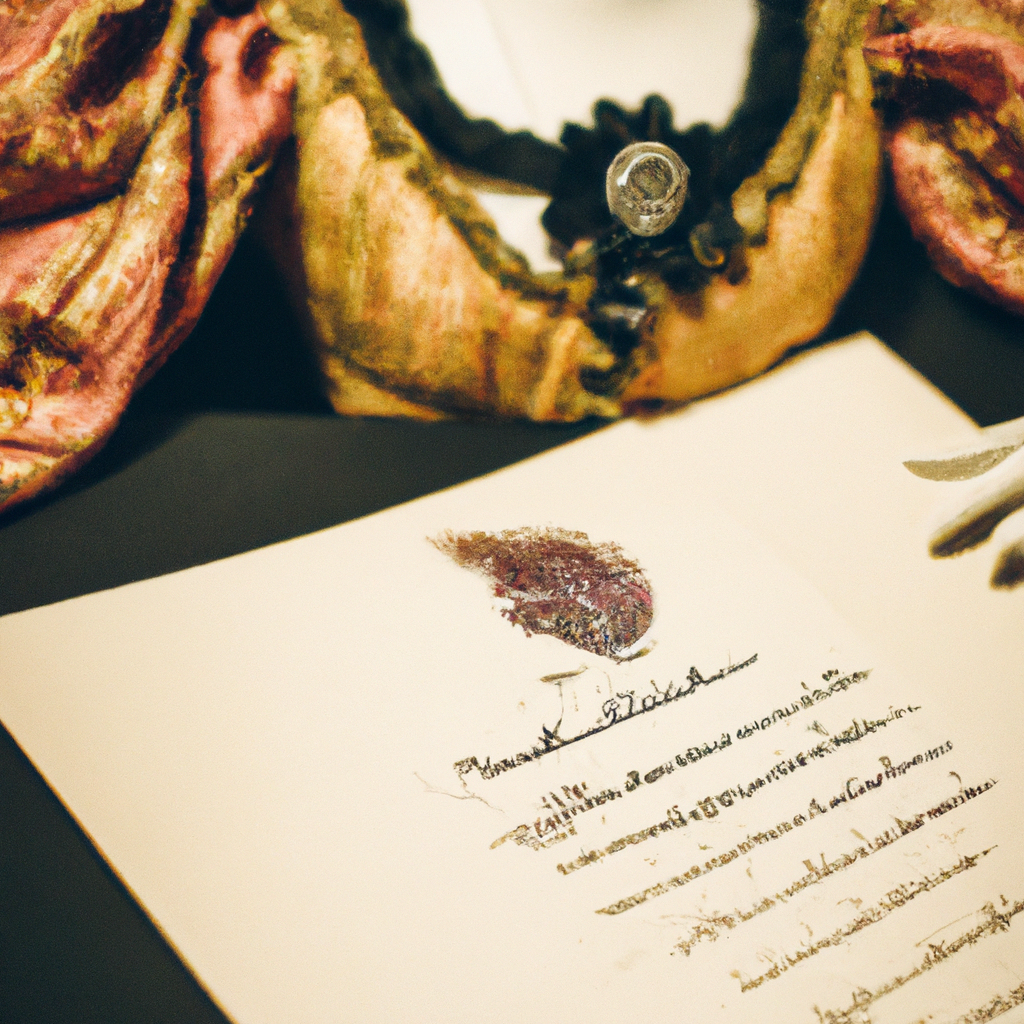The past is a powerful reminder of the changes that society has gone through, and sometimes these moments of progress have been led by fashion trends. From the bell bottoms of the 1970s that brought about a cultural revolution to the t-shirts that raised awareness of gender equality in the 21st century, fashion has been used as a strong tool for sending out a message of social change. In this article we will be revisiting some of these revolutionary moments in fashion that have shaped our world today.
1. Empowering Through Adaptation – Reassessing Revolutionary Trends
In today’s world, it is clear that rapid changes to technology and society are integral parts of a cycle of adaptation and growth. The same is true for businesses. In the face of modern business trends that alter the ways in which companies interact with their customers and their markets, we must reassess the potential of revolutionary national trends.
At the heart of these revolutionary trends is the idea of empowerment. Constant access to technologies, methods, and knowledge is enabling individuals and businesses to become more autonomous. They can access the relevant training and knowledge, allowing them to take on tasks of increasing complexity that until recently could only be done by large conglomerates or sophisticated technology companies.
As an example, let’s take a look at how mobile technologies are revolutionizing access to banking and financial services. Companies are now giving customers access to their accounts from any mobile device, providing convenience, transparency, and control over their finances.
At the same time, the availability of micro-investment platforms and peer-to-peer lending services is allowing individuals and small businesses to access financing opportunities that have previously been difficult or impossible to access.
Another development worth noting is the explosive growth of eCommerce. Businesses of all sizes are taking advantage of digital marketplaces to reach customers and expand their market reach. They are leveraging digital tools to make their operations more efficient, improve customer service, and drive sales.
- Empowerment Through Adaptation – To stay competitive in today’s market, businesses must find ways to adapt and respond to changing trends.
- Revolutionary Trends – Mobile technologies, micro-investment platforms, eCommerce, and other modern business solutions are revolutionizing the ways companies interact with their customers and markets.
- Mobile Technologies – Mobile technologies are revolutionizing access to banking and financial services, providing customers with convenience, transparency, and control over their finances. Companies are also leveraging mobile technologies to improve customer service and drive sales.
- Micro-investment Platforms – Individuals and small businesses can now take advantage of micro-investment platforms, that were previously inaccessible.
- eCommerce – Digital marketplaces are enabling businesses of all sizes to reach customers and expand their market reach.
2. Exploring the Impact of Clothes on Societal Shifts
The clothing that we wear communicates a lot more than just our individual sense of style and fashion – it can also be seen as a reflection of the attitudes of an entire society. Through the centuries, changes in fashion have been a barometer of changes in attitudes and values, often acting as both reaffirmation and a challenge to existing societal norms.
Changes in clothing can often lead to changes in societal roles, particularly when it comes to the traditionally held roles of men and women. For example, in the early 19th century, women’s fashion shifted away from the voluminous and constricting garments commonly worn at the time, and towards practical clothing and corsets that were designed to allow women to be more independent and mobile. This shift did not only impact women’s style and fashion choices, but also opened up many new social roles and opportunities for them.
Changes in fashion can also signify a changing attitude towards sexuality and gender dynamics, with garments that are specifically designed to flout gender expectations and challenge stereotypes. We are now seeing the emergence of more gender-neutral types of fashion that allow people to express themselves in a style that is not dictated by their biology or even the expectations of an often binary culture. Furthermore, this growing acceptance of genderless fashion also suggests a more tolerant attitude to gender and sexual orientation in wider society.
Clothing can also be used as a vehicle for social protest and even as a way to dissent against oppressive regimes. In its most powerful form, people have used clothing to signify their refusal to partake in oppressive social structures, such as the total rejection of the hijab by some Muslim women. This type of expression is often seen as a brave and defiant act, in which people use their bodies and clothing choices to challenge oppressive systems.
Ultimately, clothing has been – and continues to be – an important tool for expressing individual identity as well as a way to shape broader views and values in our societies. From being a social marker of status and wealth, to being a symbol of protest and dissent, clothes have played an important role in both the reaffirmation and shaping of societal norms.
3. A Visual Representation of Changing Social Identities
Throughout human history, social identities have been in a constant state of change and flux. As technology, values, and social norms shift and evolve, so too does the notion of identity. Here, we explore the concept of identity through a visual representation.
A popular way to visualize changing identities is through the notion of storytelling. Stories often reflect and highlight our notions of identity, by engaging with these narratives in entertainment and media we can create more empathy for different people and communities.
Identity is also closely linked to culture, and many cultures have their own set of values and beliefs which are centralised around specific ideas or personalities. As our cultural identity shifts, it’s important to be aware of how this might affect our own personal identity.
In addition to culture, our identities are also closely tied to influence – both historical and contemporary figures are commonly seen as central to our idea of identity, whether it’s through their career, actions, or beliefs. Thinking about how these figures shape our identity can provide a great appreciation of how different people from different backgrounds can contribute to one collective identity.
Technology also plays an important role in shaping our identities; from social media tools to facial recognition technology, our use of digital resources can be seen as a reflection of our identity. Being conscious of how we utilise technology can provide better insight into our individual identities and create opportunities for further growth.
4. Harnessing the Power of Fashion for Social Progress
Fashion can be a powerful force for good. It can be used to promote social progress and create positive changes in the world.
Create Inclusivity
- Creating clothing that is inclusive of people of all sizes, shapes, genders, and ages helps to create a sense of acceptance and belonging.
- Working with diverse designers and models to showcase a range of styles and cultures send a strong message of acceptance and support.
Empower the Marginalized
- Promoting clothing from small artisan producers or from areas where people are underserved helps to create jobs and provide economic opportunity.
- Incorporating traditional fabric and design elements in apparel can bring awareness of different cultures and traditions to a wider audience.
Educate
- Partnering with organizations to create clothing with messages of social and political awareness helps to spread knowledge and generate meaningful conversations.
- Supporting conscious fashion events that serve to educate the public on the importance of sustainability.
Contribute to Charities
- Partnering with charities to donate proceeds and create limited edition items to raise money for good causes.
- Creating capsule collections for special causes and initiatives can help to bring attention to important matters.
Using fashion as a platform, brands, designers, and activists can work together to raise awareness, create inclusivity, empower the marginalized, and ultimately participate in making the world a better place.
The changes in fashion seen over times of great social upheaval can both reveal and shape our collective culture. By revisiting revolutionary moments throughout history, we can connect the past to the present, sparking conversations that ultimately propel us towards a bright and better tomorrow.




